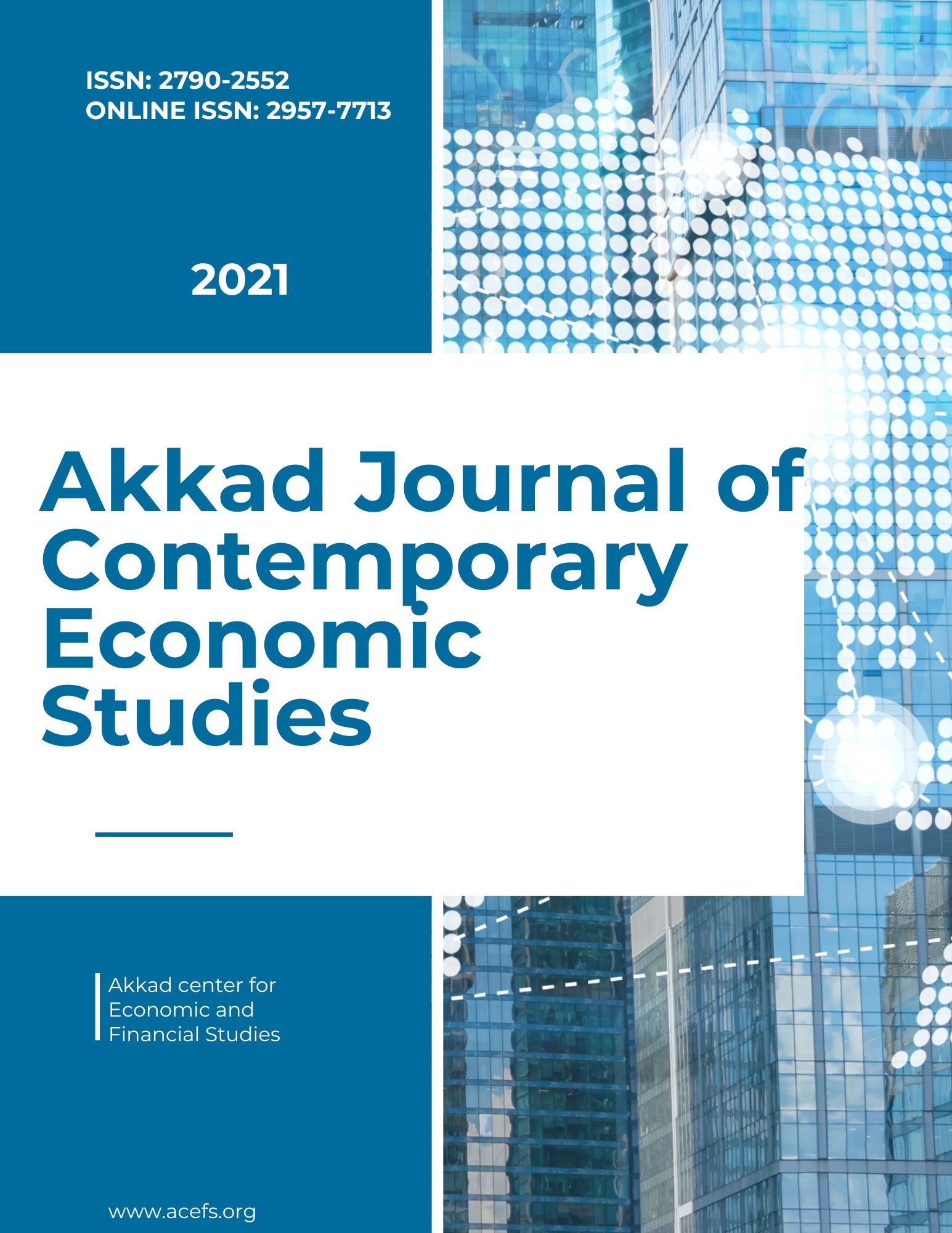The Impact of Money Supply M1 on Balance Exchange Rate of The Iraqi Dinar
DOI:
https://doi.org/10.55202/ajces.v1i3.52Keywords:
Money Supply, Interest Rates, Monetary Policy, Foreign ExchangeAbstract
Iraq went through unique circumstances that no developing or advanced country has experienced throughout modern history. As soon as September of 1980 (the beginning of the research period) broke out until a long eight-year war that burned the green and the dry, the Iraqi economy came out of it burdensomely. With the various economic problems represented by high inflation rates, high volume of external indebtedness, and deterioration of the exchange rate of the Iraqi dinar and others. As soon as the war ended, Iraq entered into a devastating international war that lasted unless it was destroyed from the infrastructure of the Iraqi economy, followed by a comprehensive economic blockade that isolated Iraq from the world economically, scientifically, and culturally. Naturally, these circumstances in Qatar exacerbate most of the financial problems already experienced by the Iraqi economy during the 1980s. Suppose we add to those conditions the mismanagement of the ruling regime, whose decisions were focused on strengthening the fragile pillars of its rule. The decisions made were political before they were economical and targeted the regime's interests before they were aimed at the interests of the economy.
Downloads
Published
Versions
- 2022-01-14 (2)
- 2022-01-02 (1)
How to Cite
Issue
Section
License
Copyright (c) 2022 Akkad Journal Of Contemporary Economic Studies

This work is licensed under a Creative Commons Attribution-NonCommercial-NoDerivatives 4.0 International License.




